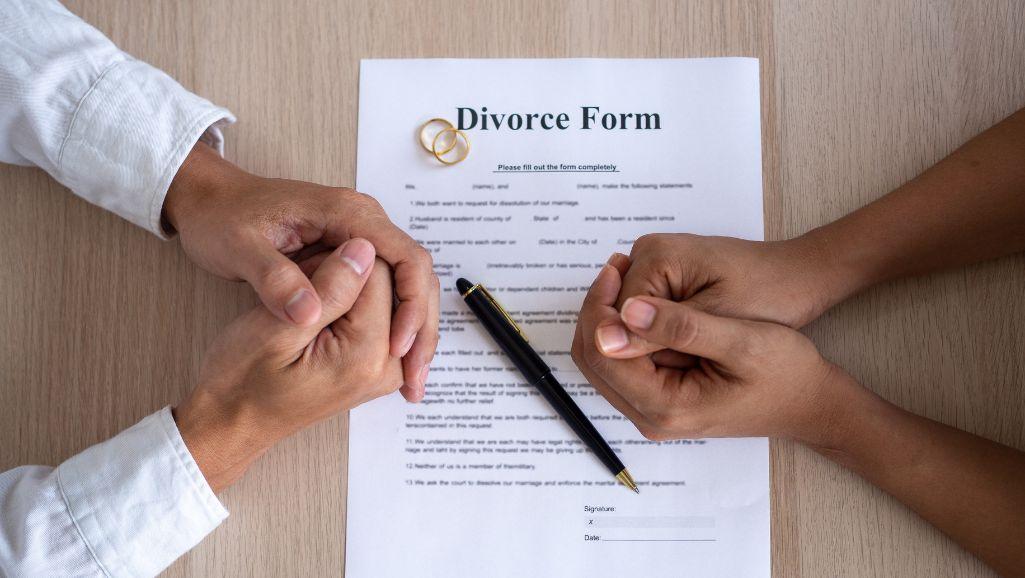Filing for divorce in California without a lawyer is entirely possible, provided you’re well-informed and prepared. Filing for divorce is a significant life event that can be both emotionally and legally complex. For those who want to navigate the process without the expense of hiring a lawyer, understanding the steps, benefits, precautions, and key reminders is crucial. This comprehensive guide will walk you through the process of filing for divorce in California without legal representation, empowering you to make informed decisions.
Step-by-Step Guide to Filing for Divorce
Research and Gather Necessary Information:
- Residency Requirements: Before initiating divorce proceedings in California, ensure you meet the residency requirement of residing in the state for at least six months and in the county where you intend to submit a request for a minimum duration of three months.
- Selecting the County: Determine the appropriate county for filing based on your and your spouse’s current residence. This determines which court will handle your case.
Complete Required Divorce Forms:
- Essential Forms: The core forms required to start the divorce process include the Petition (FL-100) and the Summons (FL-110). These forms initiate the legal proceedings and outline the relief you’re seeking.
- Source of Forms: Obtain the necessary forms from the local courthouse, legal aid organizations, or reputable online resources. Make sure to utilize the latest available versions.
Filling Out the Divorce Forms:
- Accurate Completion: Thoroughly read and follow the instructions for each form. Accuracy is vital to prevent delays or issues during the process.
- Common Mistakes: Be aware of common mistakes, such as incorrect financial disclosures, incomplete information, or improperly signed documents.
Filing the Forms with the Court:
- Electronic Filing: If the option is available, consider filing your forms electronically. It can save time and reduce the need for in-person visits to the courthouse.
- In-Person Filing: If electronic filing isn’t possible, submit your completed forms in person at the courthouse. Be prepared to pay the appropriate filing fees.
- Filing Fees: California has filing fees associated with divorce proceedings. If you’re unable to afford these fees, you may qualify for a fee waiver based on your financial situation.
Benefits of Filing Without a Lawyer
Cost Savings:
- Legal Fees: One of the primary benefits of a DIY divorce is avoiding substantial attorney fees. You’ll save money on legal representation and hourly rates.
- Document Preparation: DIY filing eliminates the need for paying someone to prepare legal documents on your behalf.
Maintaining Control:
- Decision Making: By representing yourself, you retain control over negotiations and agreements. You’re empowered to make choices that align with your interests.
- Personal Pace: You’re not bound by a lawyer’s schedule. You can proceed at your own pace, taking time to fully understand each step.
Streamlined Process for Uncontested Divorces:
- Simplified Paperwork: In cases where both parties agree on major terms, the divorce process can be smoother and faster, as there’s no need for lengthy legal battles.
- Less Stress: An amicable divorce reduces conflict and emotional strain, benefiting both parties and any children involved.
Confidentiality and Privacy:
- Private Proceedings: Self-representation can help keep personal matters out of the public eye, maintaining a level of confidentiality.
- Sensitive Issues: For individuals concerned about their privacy, a DIY approach can offer a level of discretion that may not be present when lawyers are involved.
Precautions to Take During the DIY Divorce Process
Recognizing Complexity:
- Complex Financial Situations: While a DIY approach can work for straightforward cases, seek legal advice if your divorce involves high-value assets or intricate financial arrangements.
- Child Custody Disputes: If child custody becomes a contentious issue, consulting an attorney is advised to ensure the best interests of the children are considered.
Legal Implications of Agreements:
- Property Division: Understand the potential legal and tax implications of property division agreements. Improper division could lead to financial complications later.
- Alimony and Support: Comprehend the legal framework for alimony and support agreements to ensure fair and just arrangements are made.
Proper Service of Divorce Papers:
- Service Requirements: Ensure you serve divorce papers to your spouse correctly according to California law. Failure to do so can result in delays or procedural issues.
- Proof of Service: Maintain proper documentation as evidence that your spouse has been served with the necessary paperwork.
Seeking Legal Advice:
- When in Doubt: If you encounter uncertainties or complex situations, it’s advisable to consult with an attorney to ensure you fully understand your rights and obligations.
- Limited Assistance: You can opt for limited legal assistance for specific aspects of your divorce without committing to full legal representation.
Key Reminders for a Successful DIY Divorce
Clear Communication:
- Open Dialogue: Maintain open lines of communication with your spouse throughout the process to facilitate agreements and prevent misunderstandings.
- Agreement Clarity: Clearly define and document any agreements reached to avoid confusion or disputes in the future.
Organized Records:
- Document Copies: Keep organized copies of all completed forms, agreements, correspondence, and financial documents. This ensures easy access and reference.
- Easy Access: Having organized records available will simplify any future legal requirements or modifications.
Adhering to Deadlines and Hearings:
- Court Deadlines: Respect court-imposed deadlines for submitting documents or responding to requests. Failure to do so can lead to delays or negative outcomes.
- Mandatory Hearings: Attend any required court hearings on time and be well-prepared to present your case effectively.
Modification for Changing Circumstances:
- Changing Agreements: Understand that life circumstances can change. Be open to revisiting and modifying agreements if necessary, especially in cases involving children.
- Legal Updates: Seek legal guidance if you need to modify agreements, ensuring they comply with current laws.
Filing for divorce in California without a lawyer can be a viable option for individuals who are well-informed, organized, and prepared. By following this guide’s step-by-step instructions, understanding the benefits, taking precautions, and keeping key reminders in mind, you can navigate the divorce process with confidence. Remember, legal advice is always available when needed to protect your rights and ensure a successful outcome.
Also, Read: Becoming a Tax Lawyer in New York






